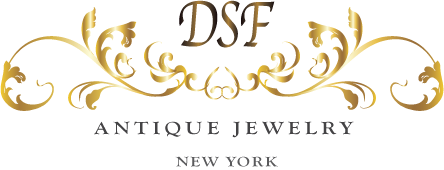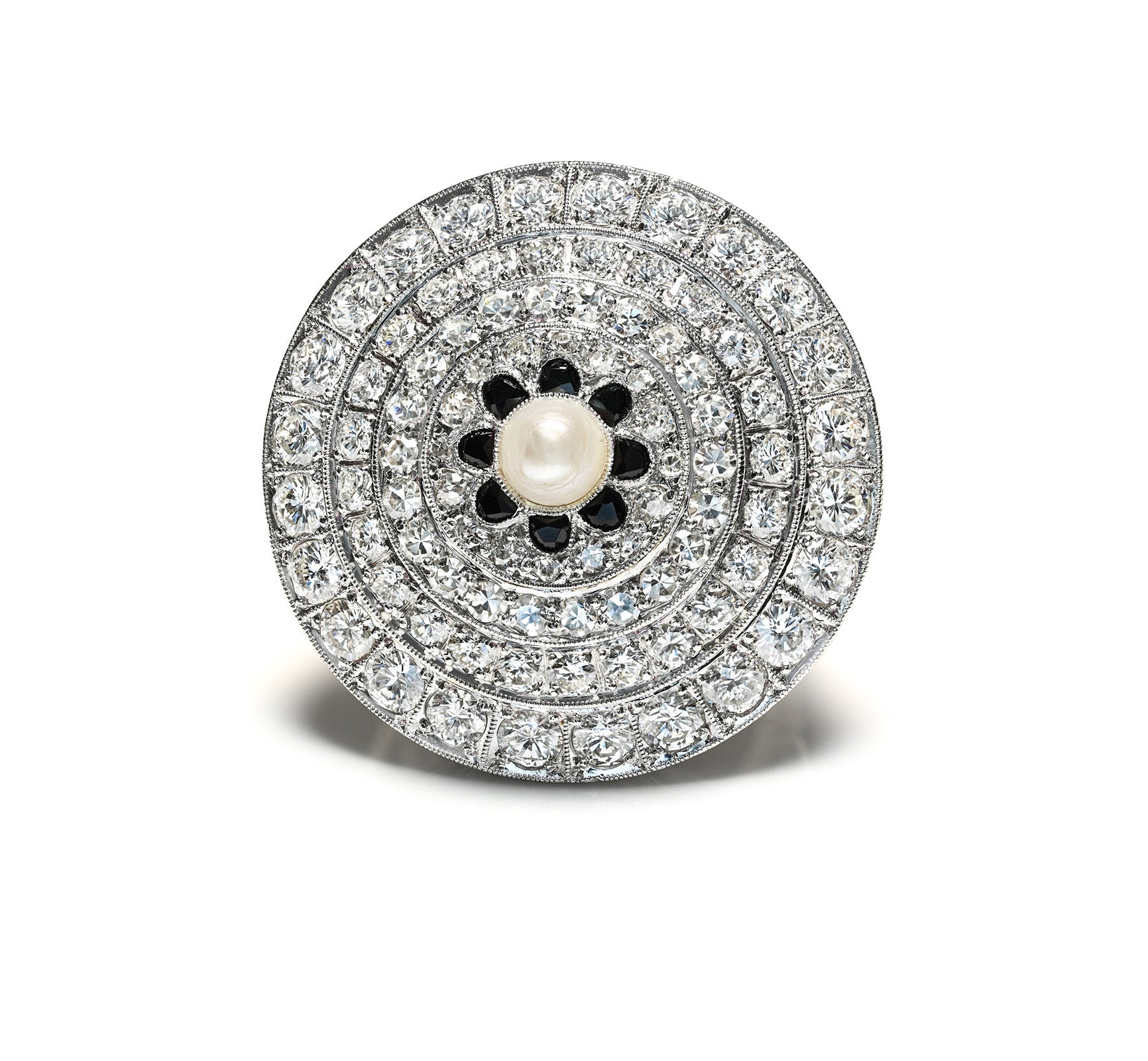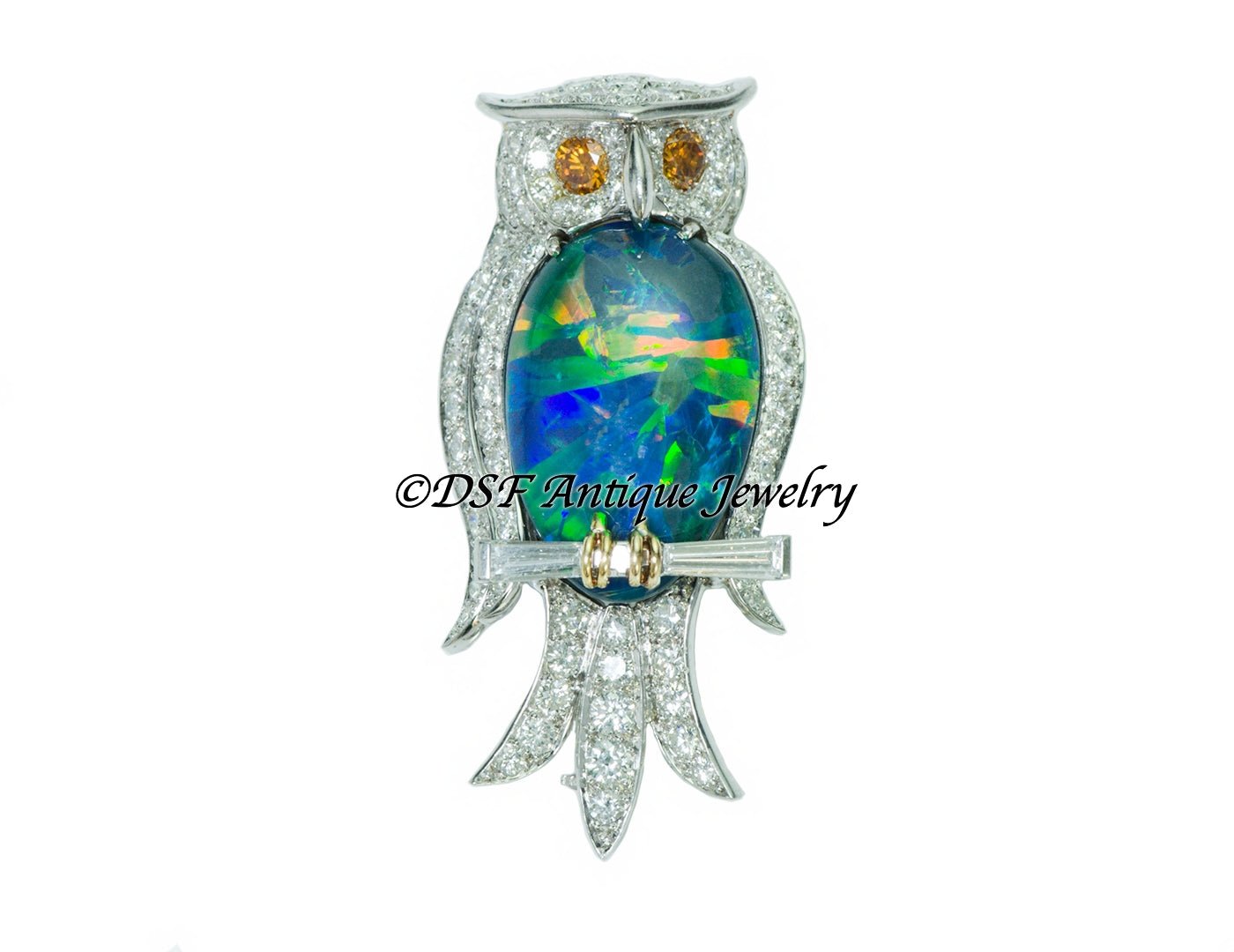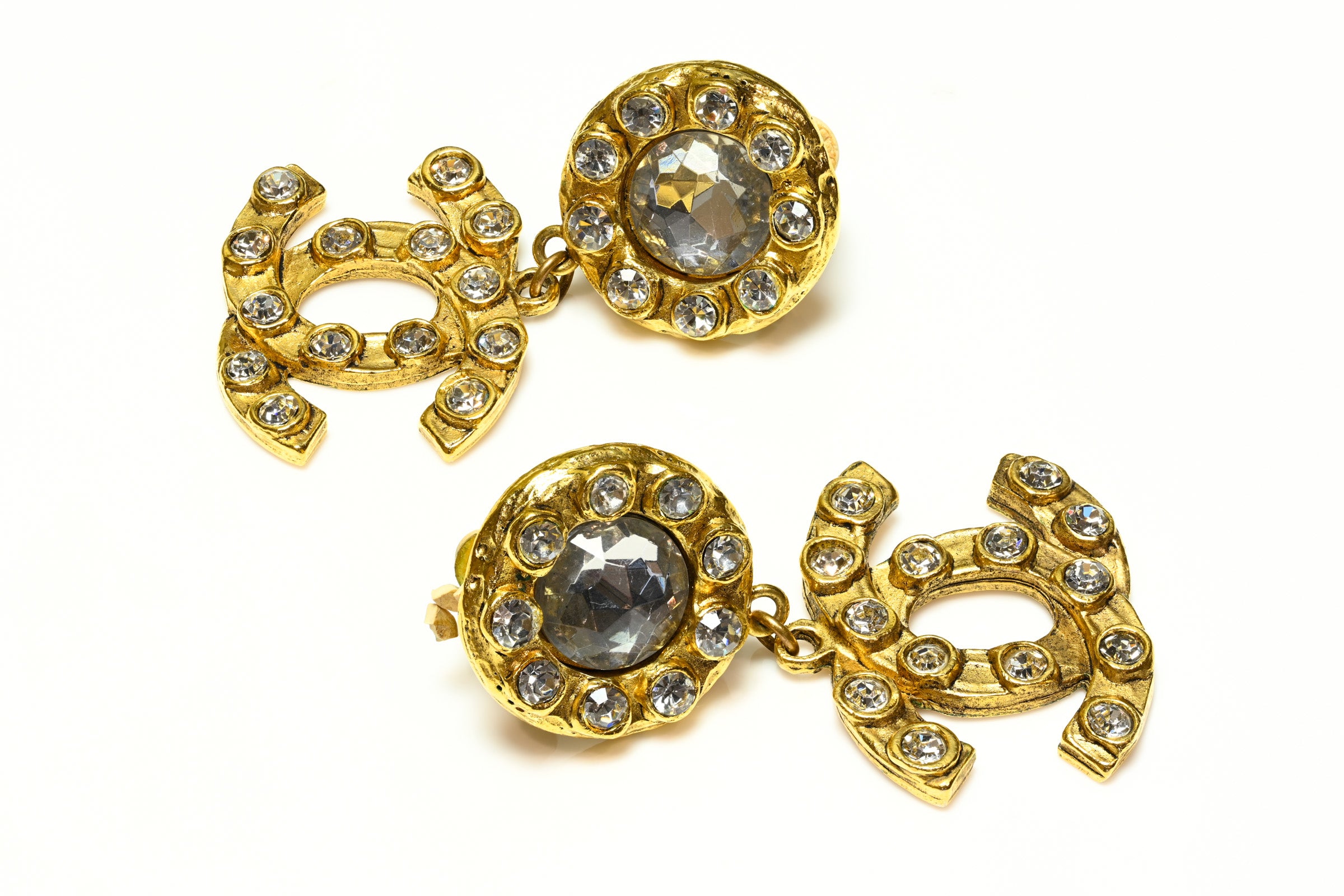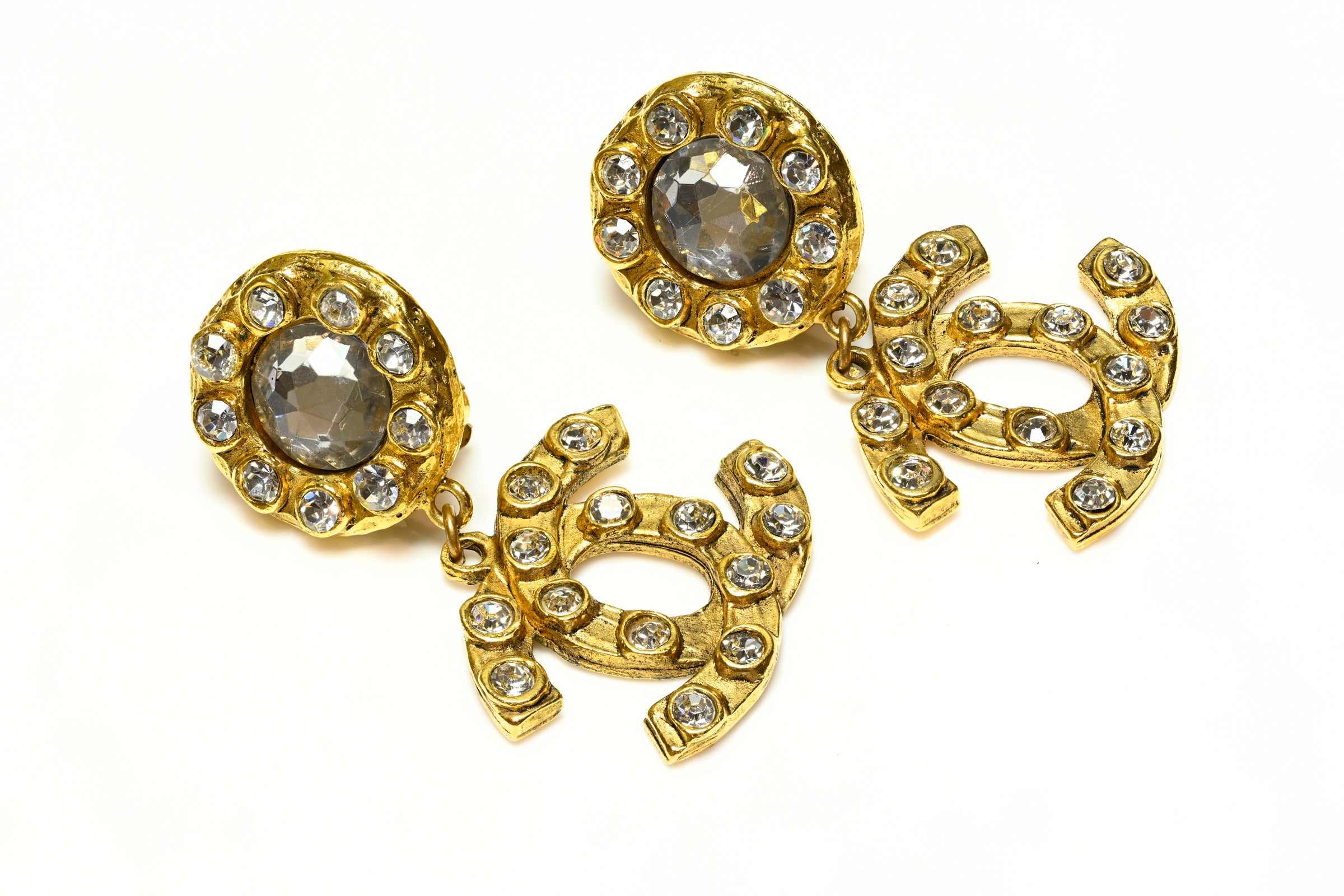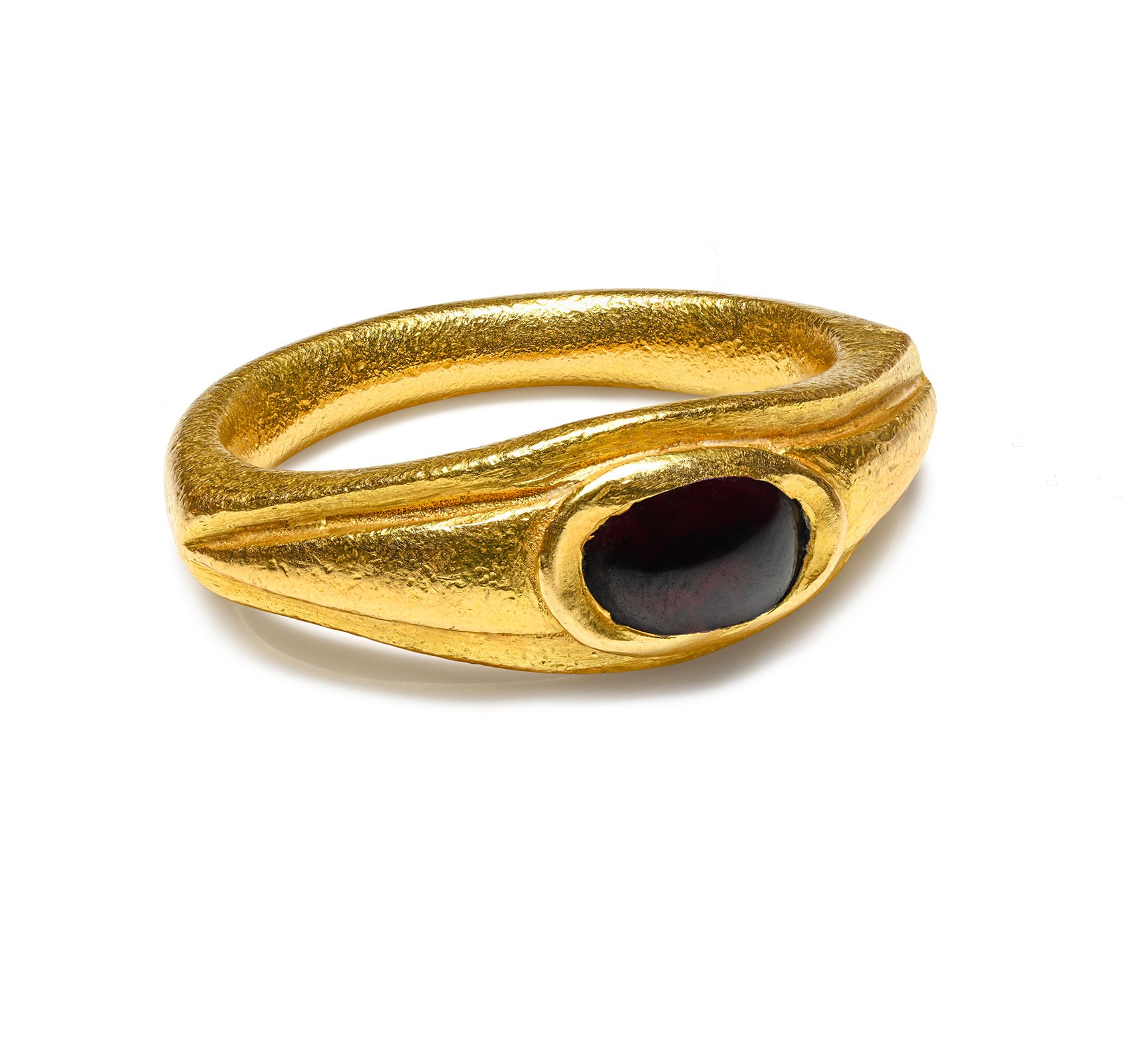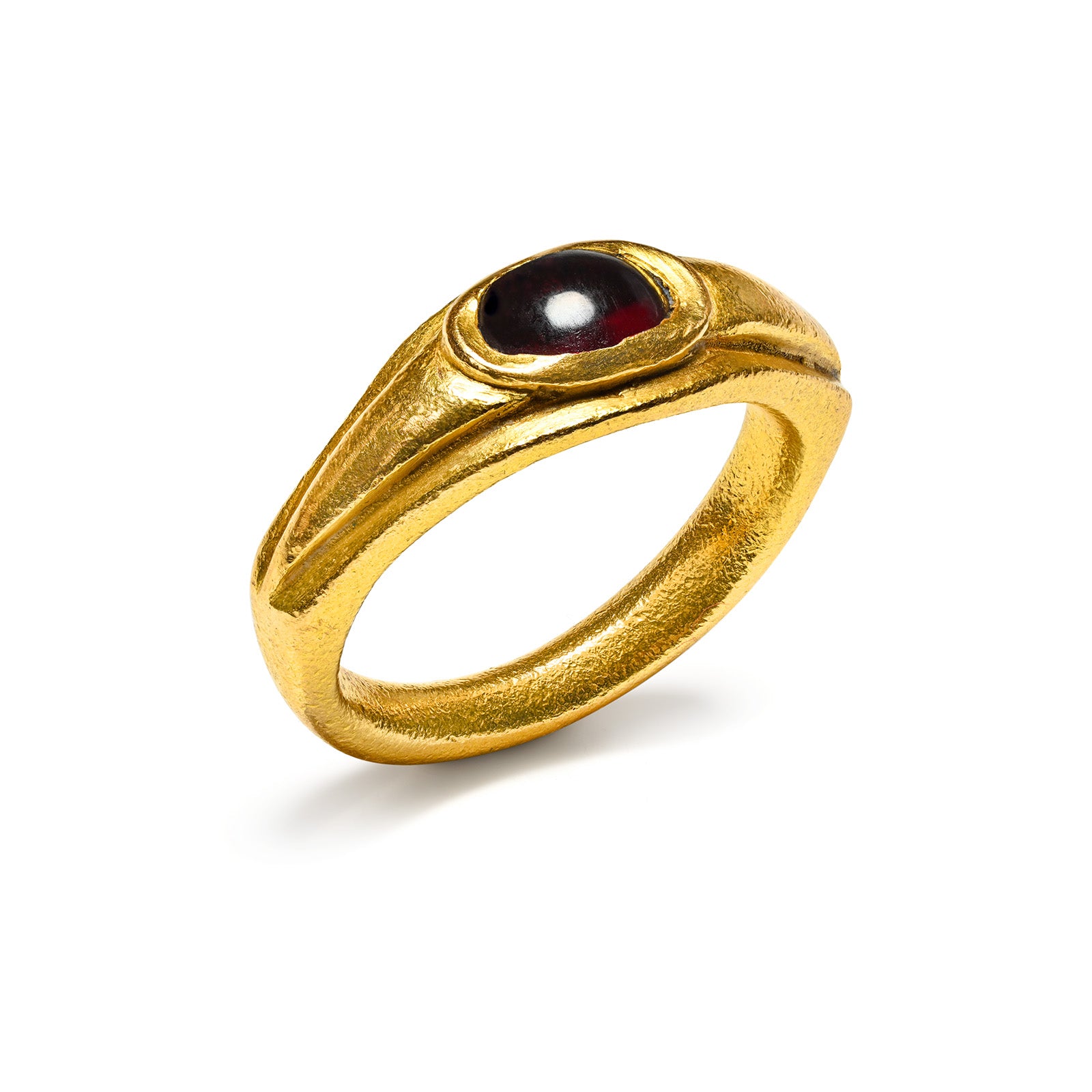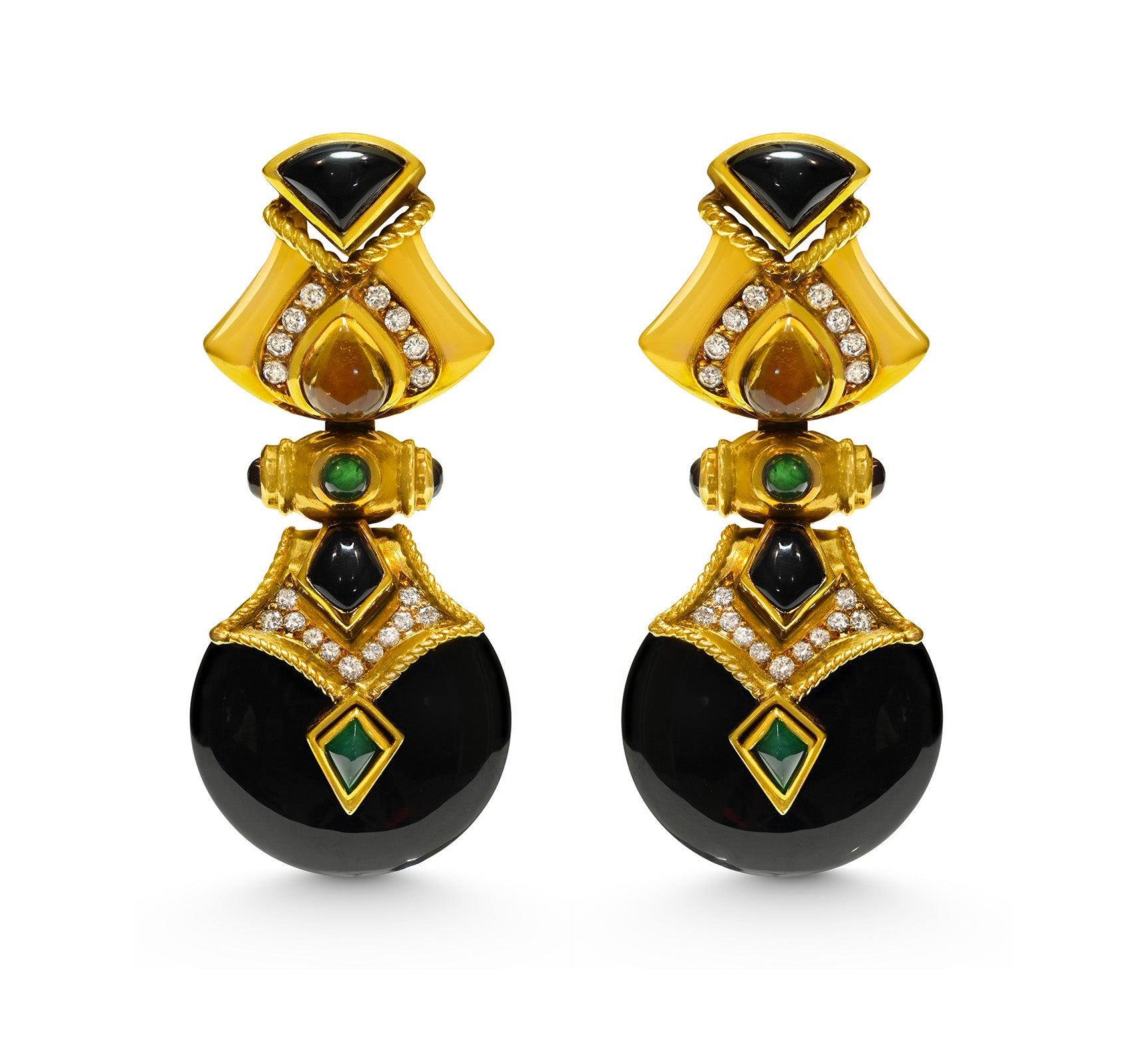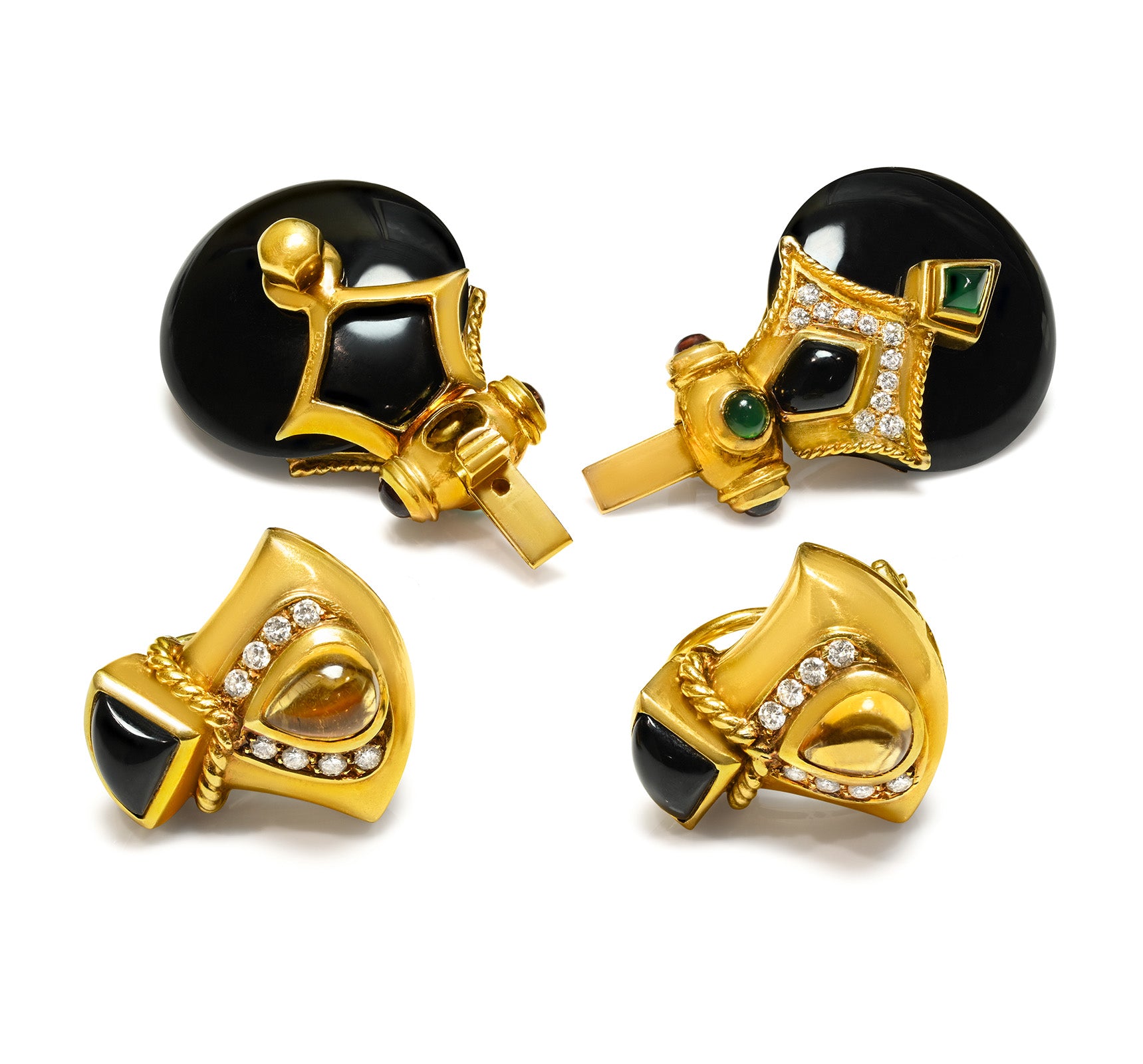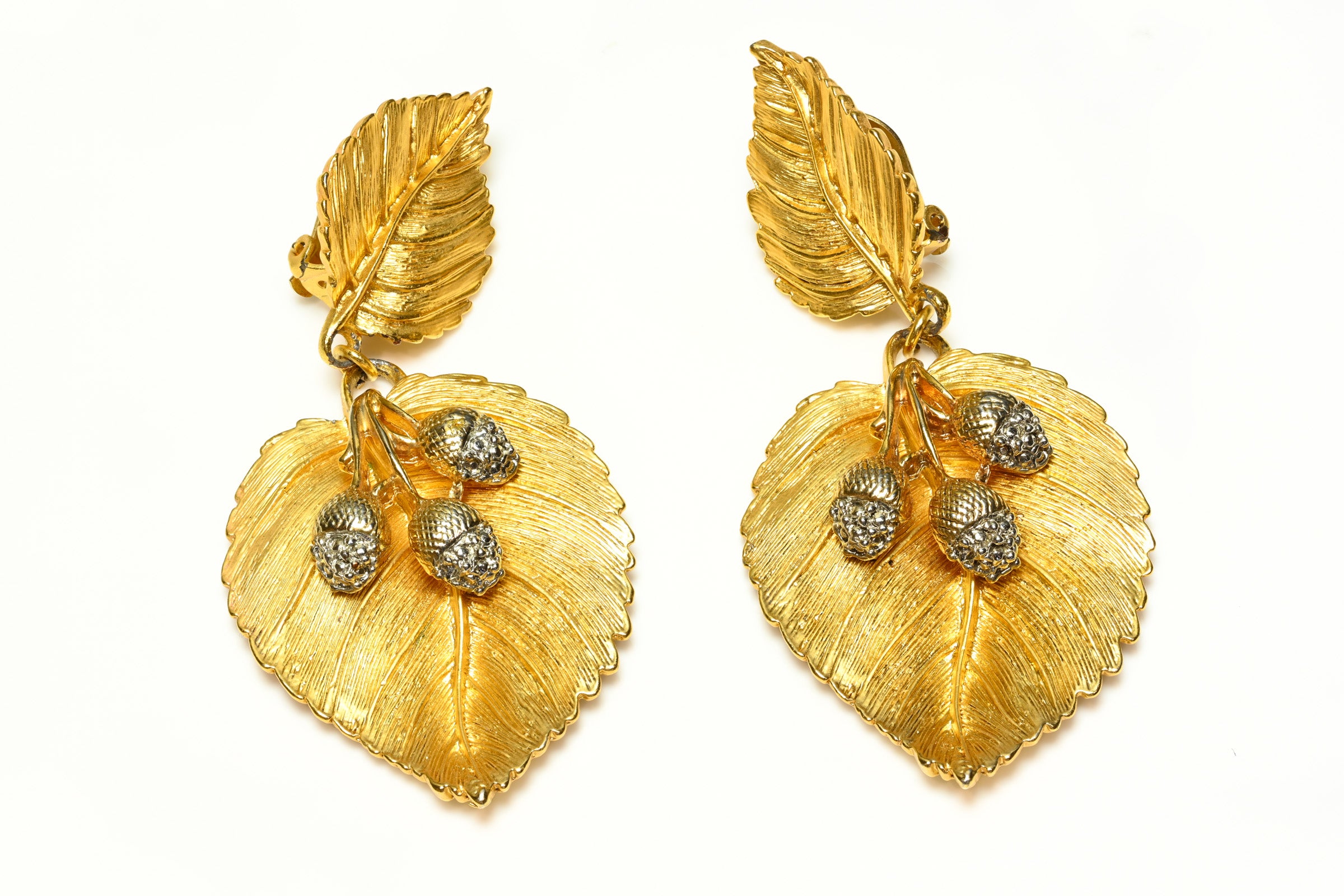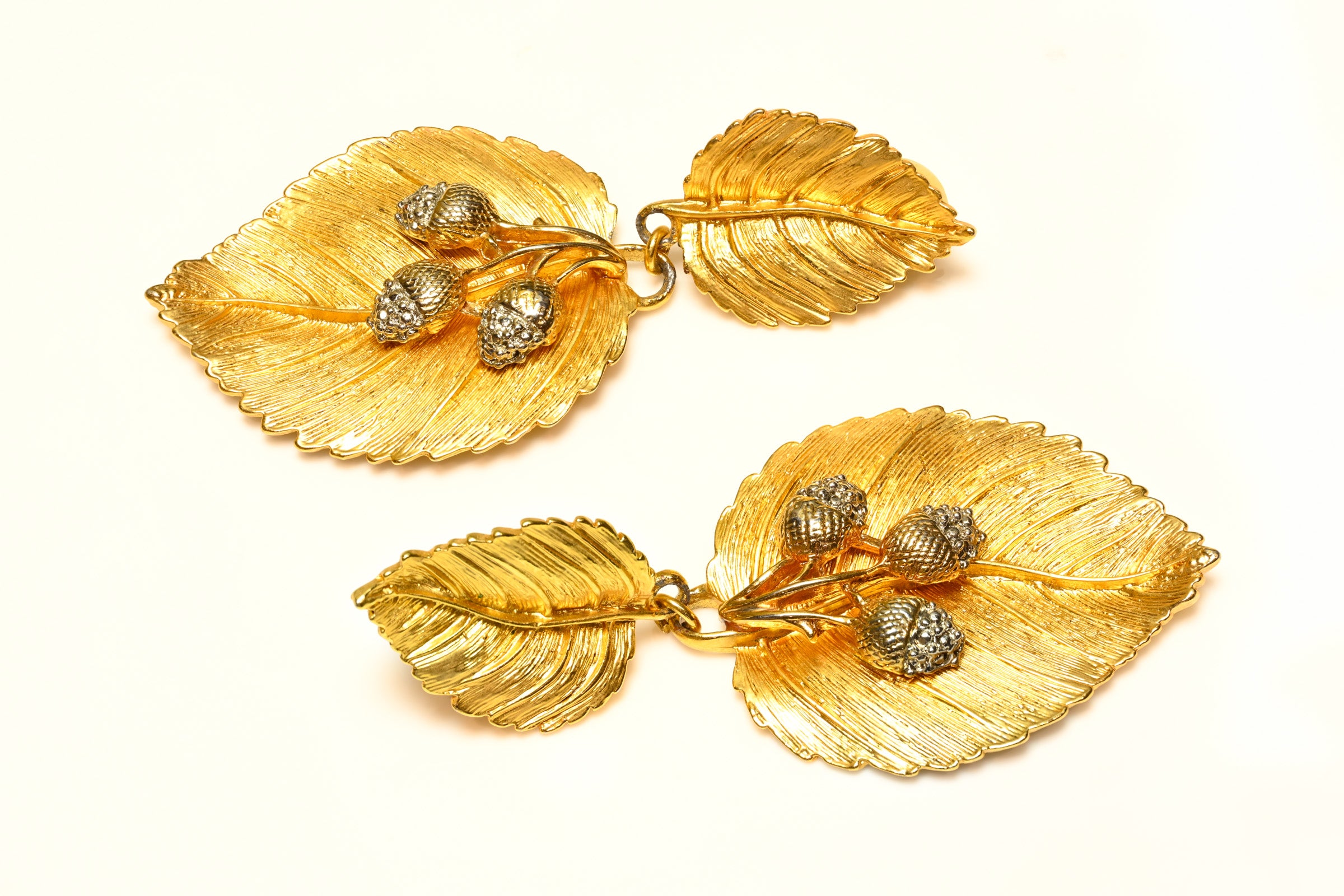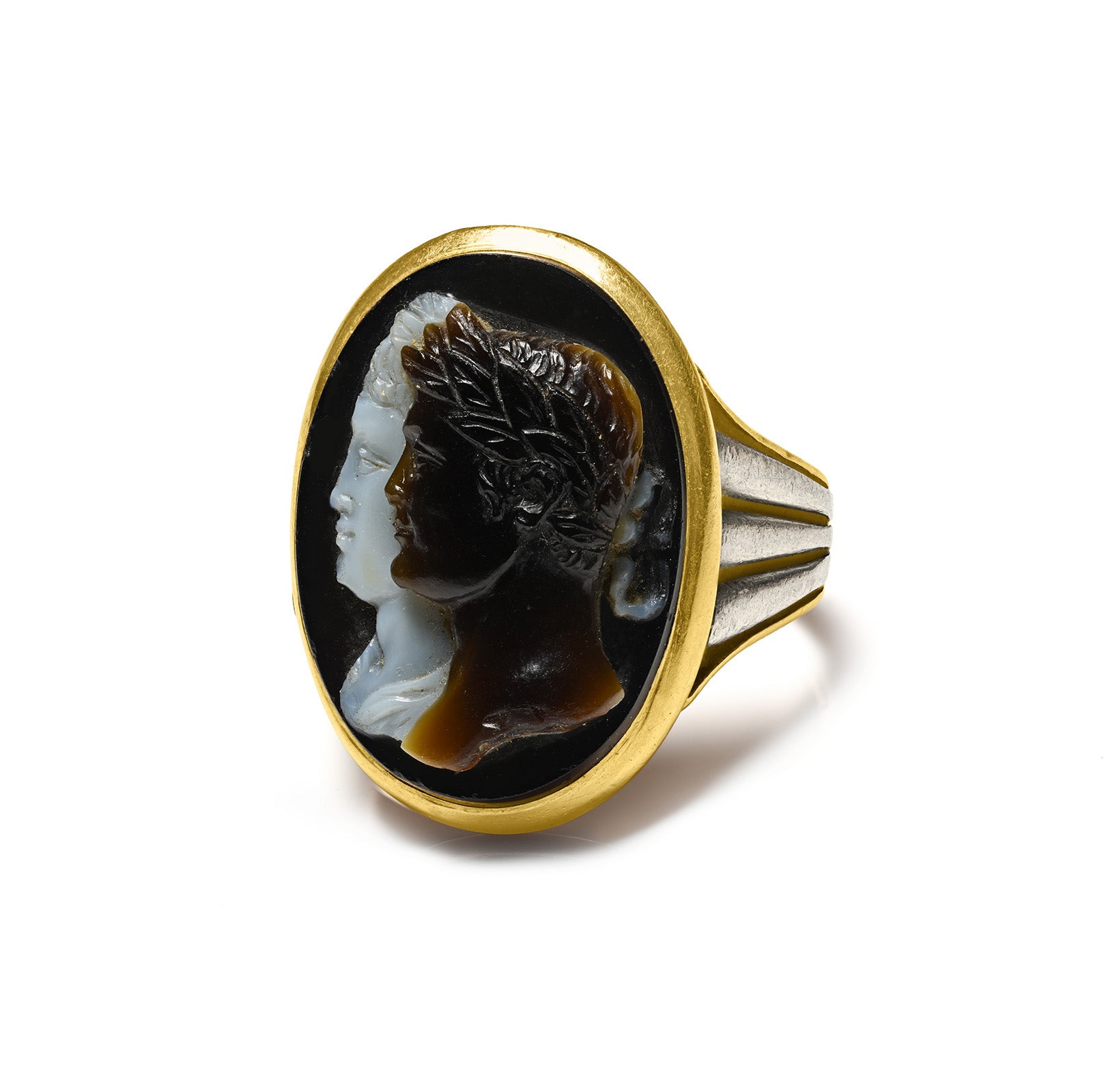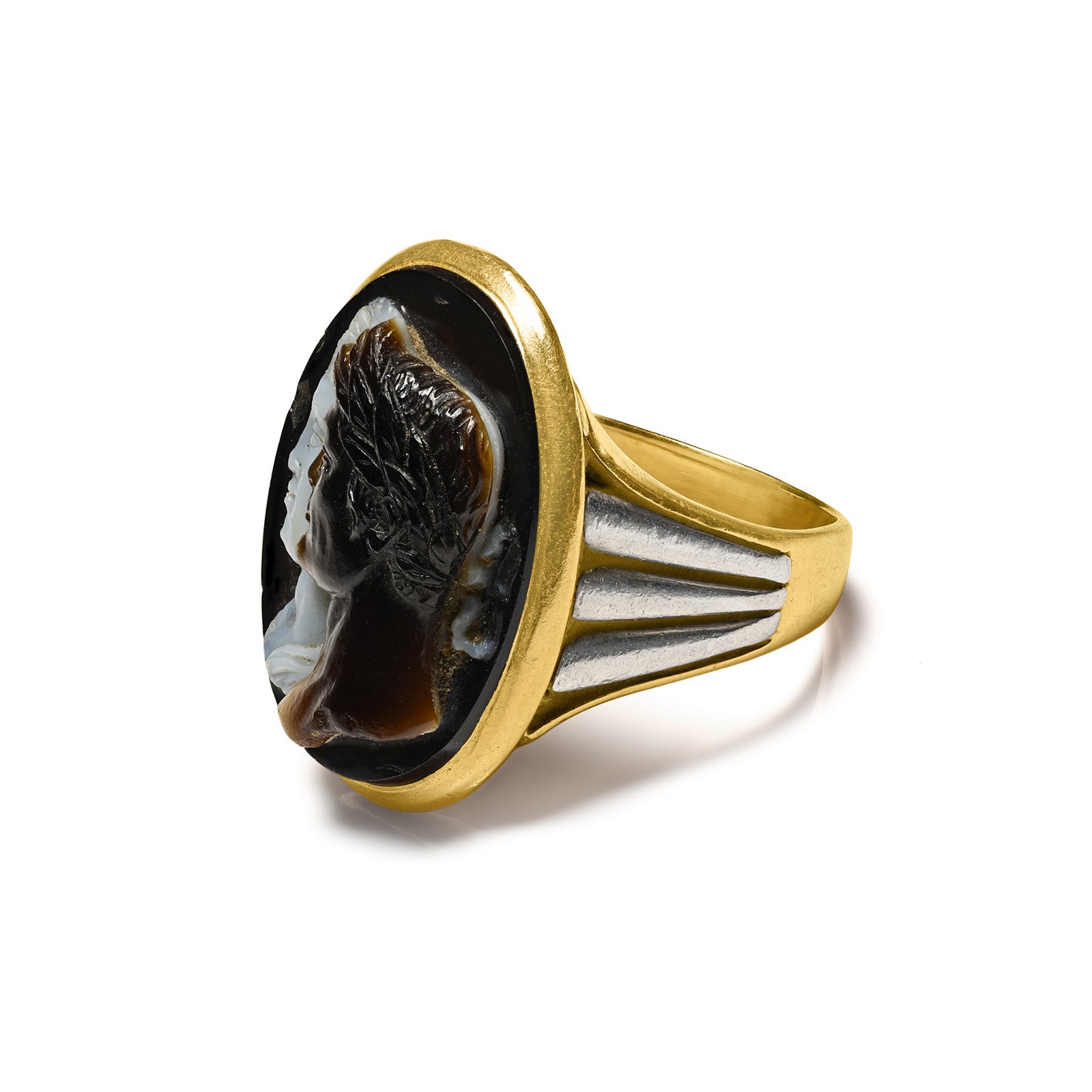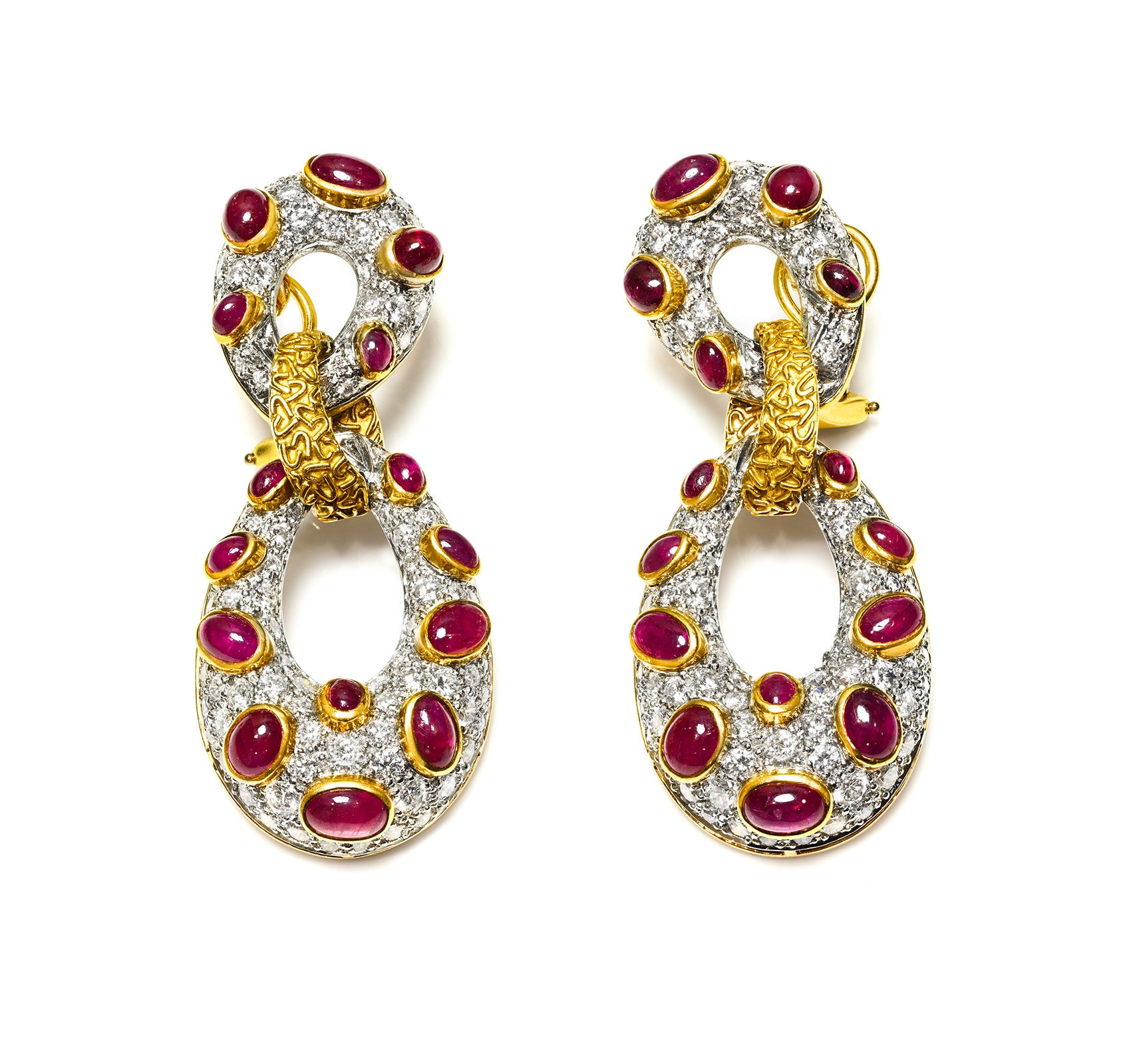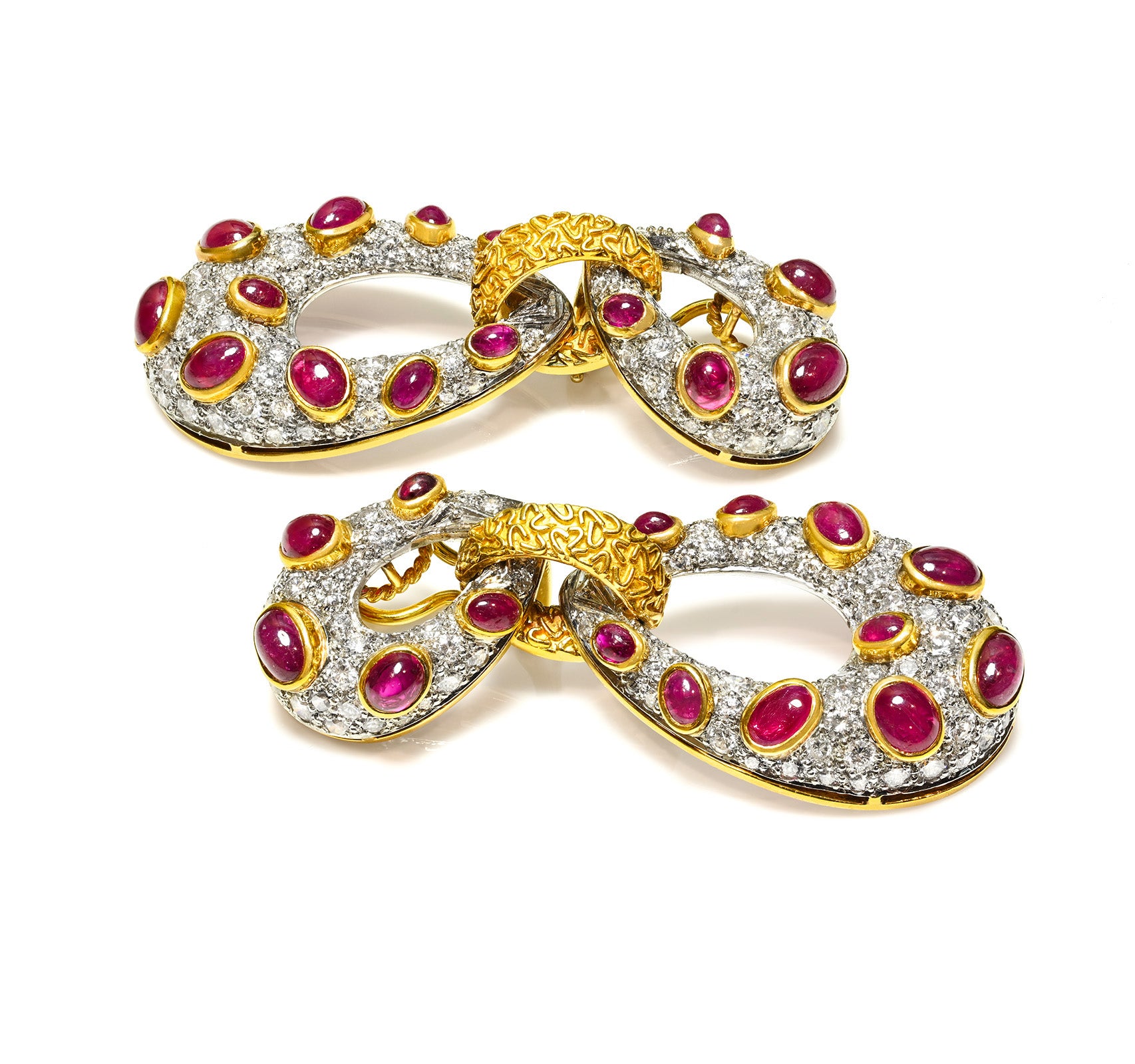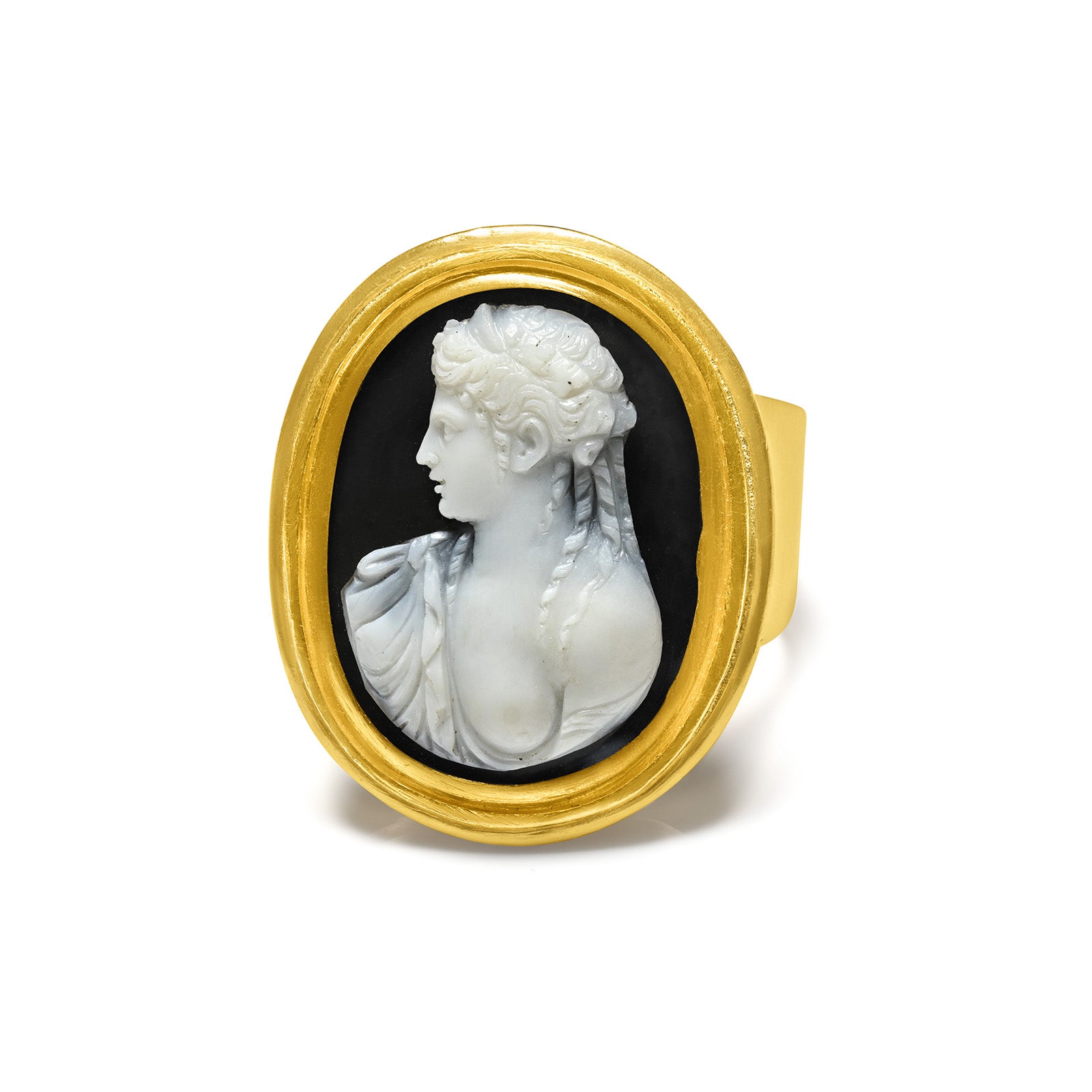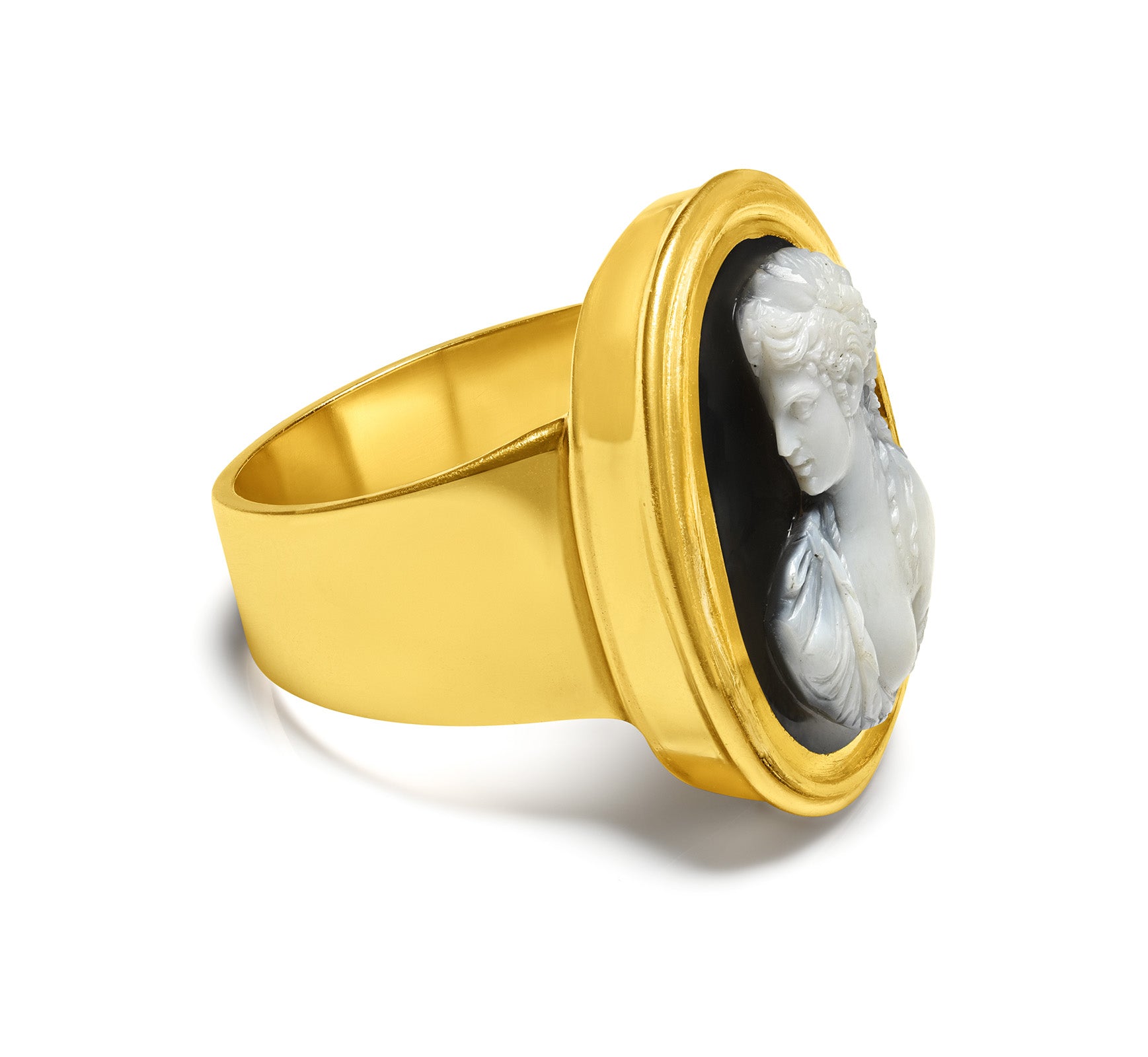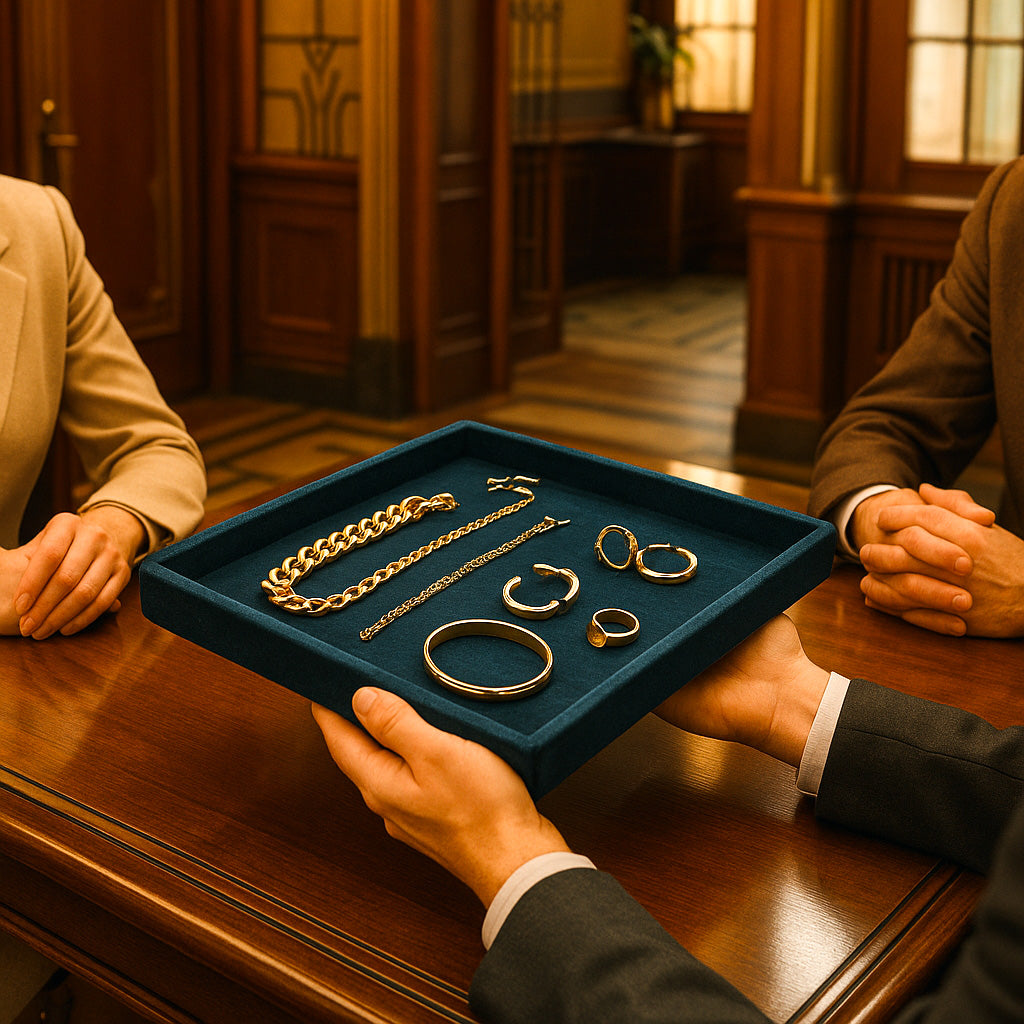
Gold at Record Highs: Jewelry as Beauty and Investment
Gold is once again in the spotlight. With prices climbing to historic levels — nearly $3,900 per ounce in October 2025 — the world is reminded of this metal’s enduring power as a safe haven. Political uncertainty, inflationary pressures, and market volatility continue to drive investors back to the oldest form of security: gold.
Yet, in today’s world, gold is not only about bullion and coins. Increasingly, collectors and investors are turning their attention to fine and antique jewelry as a way to preserve wealth, enjoy beauty, and pass on legacy. At DSF Antique Jewelry, we believe jewelry should be seen not only as adornment, but as wearable wealth — a fusion of artistry, history, and financial security.
Why Gold Continues to Outperform in Times of Crisis
Gold’s resilience can be explained by its unique role in global history. Unlike paper currencies or digital assets, gold has always been universally recognized as valuable. The recent rally can be traced to three forces:
-
Geopolitical instability – Conflicts, elections, and shutdowns erode confidence in governments and currencies. Gold rises as a safe store of value.
-
Central bank hoarding – Nations like China and Russia continue to increase their gold reserves, signaling long-term demand.
-
Weakened currency confidence – When the U.S. dollar loses ground, gold often rises to balance investor sentiment.
Historically, every financial crisis has seen a parallel surge in gold. The 1970s oil shocks, the 2008 financial crisis, the pandemic of 2020, and now the global political gridlock of 2025 — in each case, gold provided shelter while other assets faltered.
The Evolution of Jewelry as Investment
While coins and bullion are practical stores of value, jewelry offers something far greater: aesthetic pleasure, portability, and legacy.
-
Ancient Egypt – Pharaohs were buried with gold jewelry, seen as eternal wealth for the afterlife.
-
Rome and Byzantium – Jewelry doubled as currency and status symbol, often used to pay soldiers and settle debts.
-
Medieval Europe – Goldsmiths became financial powerhouses, with jewelry serving as collateral and investment.
-
Victorian Era – Jewelry reflected wealth, love, and mourning, often carrying symbols that today add to its collectible worth.
-
20th Century Haute Joaillerie – Houses like Cartier, Boucheron, and Van Cleef & Arpels elevated jewelry into a blend of art and finance.
This history underscores an essential truth: jewelry has always been both beauty and bank.
Purity and Value: Understanding 14K, 18K, and Beyond
Not all jewelry carries the same intrinsic value. The karat system reflects gold content:
-
14K (58.3% pure) – Affordable and durable, good for daily wear.
-
18K (75% pure) – The hallmark of high jewelry, balancing richness with practicality.
-
22K–24K (91–99% pure) – Common in Asia, prized for investment-grade purity.
When you acquire 18K antique pieces from DSF Antique Jewelry, you not only enjoy superior craftsmanship but also greater intrinsic value compared to mass-market 14K jewelry.
The “Multiplier Effect” of Designer and Antique Pieces
Unlike bullion, jewelry gains value from factors beyond metal weight:
-
Craftsmanship – A Buccellati bracelet or Tiffany brooch carries value far beyond its gold weight.
-
Rarity – Victorian snake rings, Art Deco minaudières, and Art Nouveau pendants are increasingly scarce.
-
Provenance – Signed pieces from Cartier or Van Cleef & Arpels command global premiums.
-
Historical narrative – A jewel tied to royalty or a specific era often sells for multiples of its intrinsic worth.
This multiplier effect is why jewelry is arguably the most rewarding way to own gold.
Case Studies: Jewelry as a Financial Asset
1. The Cartier Panther
Cartier’s “Panthère” pieces, first introduced in the 20th century, have repeatedly broken auction records. A bracelet that once retailed for tens of thousands now fetches millions. Its value is tied not only to gold and diamonds, but to design prestige and scarcity.
2. The Mystery-Set Van Cleef Brooch
Van Cleef & Arpels’ patented Mystery Set technique makes certain pieces nearly priceless. Collectors understand that the gold weight is negligible compared to the innovation and artistry that cannot be replicated easily.
3. Victorian Gold Snake Rings
Symbolizing eternal love, these rings have seen steady appreciation over the last 50 years. Originally sentimental objects, they are now in high demand for their historical symbolism and unique designs.
Jewelry as a Hedge Against Inflation
In times of rising inflation, paper money loses value quickly. Jewelry, however, holds its ground:
-
The intrinsic gold content ensures a floor price tied to international markets.
-
The collectible and artistic nature of signed or antique pieces creates value that inflation cannot erode.
-
Unlike stocks or bonds, jewelry is tangible, portable, and not tied to one government’s stability.
For many families across Europe, Asia, and the Middle East, jewelry has long been considered a savings account in gold — to be passed on, pawned, or sold in times of need.
How to Buy Jewelry as an Investment
When choosing jewelry with investment potential, consider these key factors:
-
Hallmarks and Maker’s Marks – Confirm purity and origin. For antique pieces, hallmarks tell a story of both region and era.
-
Condition – Well-preserved jewels command higher resale value.
-
Era and Style – Art Deco and Art Nouveau pieces continue to dominate demand.
-
Designer Provenance – Cartier, Boucheron, Van Cleef & Arpels, Tiffany & Co., Buccellati, and David Webb all command investment premiums.
-
Documentation – Provenance papers, original boxes, and receipts strengthen long-term value.
Historical Gold Investment Trends: Lessons for Today
-
1970s – Gold surged nearly 800% as inflation soared, teaching investors to view it as an inflation hedge.
-
2008 – During the financial crash, gold jewelry saw rising resale demand, especially signed vintage.
-
2020 – The pandemic lockdowns fueled an online boom in antique jewelry collecting, proving its digital-era resilience.
-
2025 – With new records set, jewelry is not only an investment but also a cultural statement of stability and taste.
The Emotional and Cultural Dividend
Perhaps the greatest advantage of jewelry investment lies in the emotional dividend:
-
A Fabergé pendant is not only a store of wealth — it is art you can wear.
-
A Cartier Love bracelet carries stories of passion and modernity.
-
A Victorian mourning brooch holds human history alongside gold content.
These dimensions make jewelry an asset class unlike any other.
DSF Antique Jewelry: Your Partner in Collecting Wealth
At DSF Antique Jewelry, based in New York, we curate a collection that spans centuries of artistry — from Georgian and Victorian rings to signed masterpieces by Cartier, Buccellati, and Boucheron. Each piece is hand-selected for authenticity, rarity, and intrinsic value, ensuring that our clients acquire jewelry that is both wearable today and valuable tomorrow.
Our mission is simple: to connect collectors with history, beauty, and financial resilience.
Investing in Jewelry Today
As gold reaches historic highs, many wonder how best to participate in this rally. While bullion offers security, jewelry offers security with beauty. Antique and designer jewels carry a financial premium that grows with time, making them ideal for collectors who want to enjoy their investment every day.
For those seeking both financial protection and timeless elegance, investing in fine jewelry is not just a trend — it is a strategy that has endured for millennia. From ancient civilizations to modern high society, jewelry has always combined wealth preservation with cultural meaning, proving that its relevance only grows stronger during uncertain times.
What sets jewelry apart is its dual role: it is both a tangible financial asset and a deeply personal expression. Unlike gold bars locked in a vault, a signed Cartier bracelet, a Victorian gold ring, or a Tiffany brooch can be worn, admired, and cherished while quietly accumulating value. This fusion of sentiment and stability makes jewelry one of the few investments that transcends generations with both economic and emotional returns.
Today’s collectors are not just buying gold; they are acquiring history, artistry, and rarity. Whether you are a seasoned investor seeking portfolio diversification or a first-time buyer searching for meaningful wealth, fine jewelry provides a lasting solution. With careful selection — focusing on authenticity, provenance, and craftsmanship — your jewels will stand as both treasures of beauty and pillars of financial security.
Explore the DSF Antique Jewelry collection today and discover how your next jewel can be your most valuable investment.
